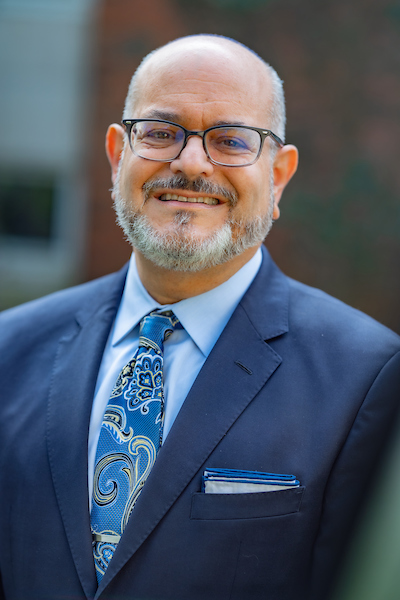The Torah tells us (Exodus 12:15-16) to observe Passover for seven days and that the first day and seventh days will be a "sacred occasion." (Yom Tov) Because of this text, on the first day, the fifteenth day of the Hebrew month of Nisan, we hold a seder.
The question of holding one or two seders has to do with timing from when the Torah was written. When the Torah was written, the beginning of the new month was determined by observing the moon. This was done in Jerusalem. Word of the new moon did not always arrive in other cities outside of Israel in time to observe the holiday. For communities outside of Israel, the practice developed of observing an extra day of Yom Tov on major holidays to be sure those communities were in sync with Jerusalem. This led to holding two seders in the Diaspora. While Reform Jews observe the first day of Passover as a Yom Tov, some do not observe the second day as a Yom Tov as well. However, even if people do not observe the second day, because of family tradition they may still have a second seder. And while we should conduct or attend at least one seder during Passover, there is no maximum to the number of seders we can hold.
Give to the URJ
The Union for Reform Judaism leads the largest and most diverse Jewish movement in North America.

